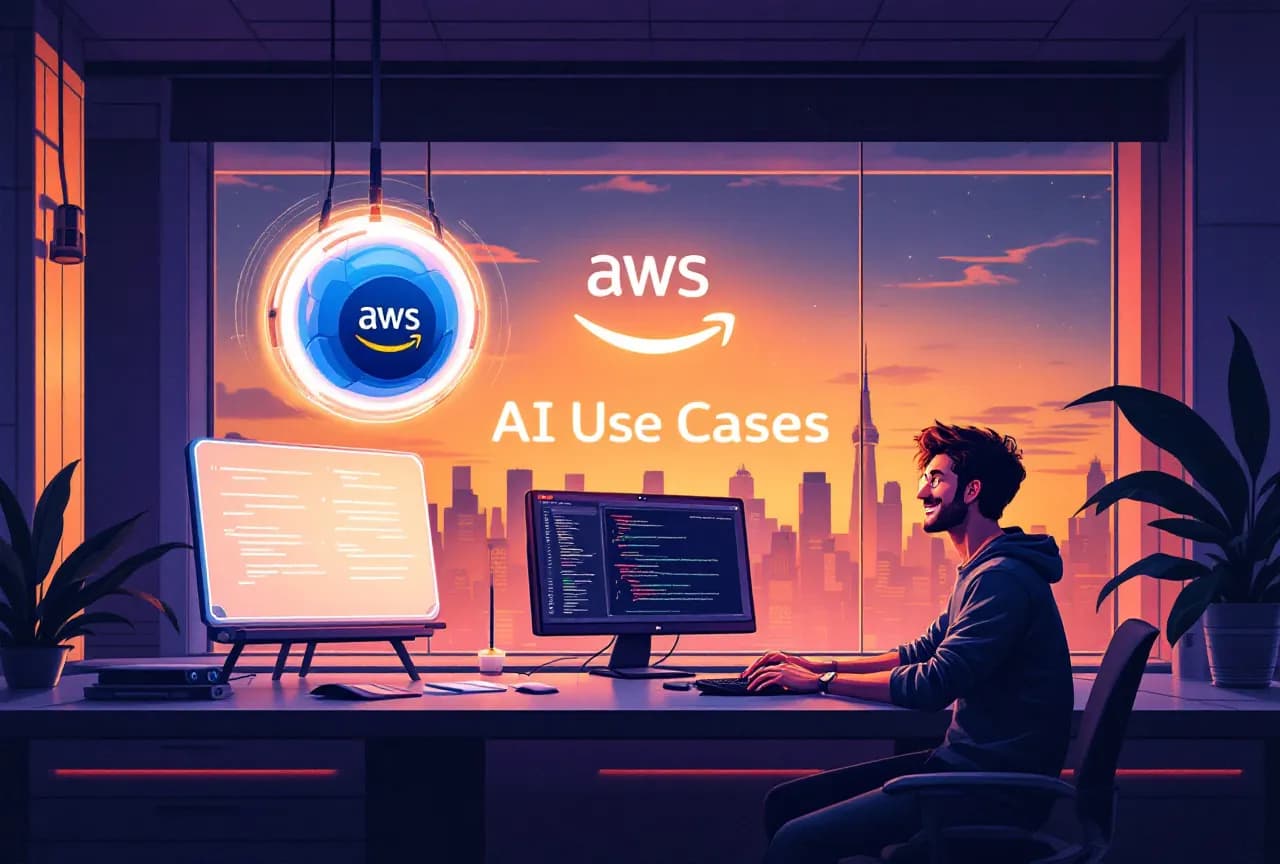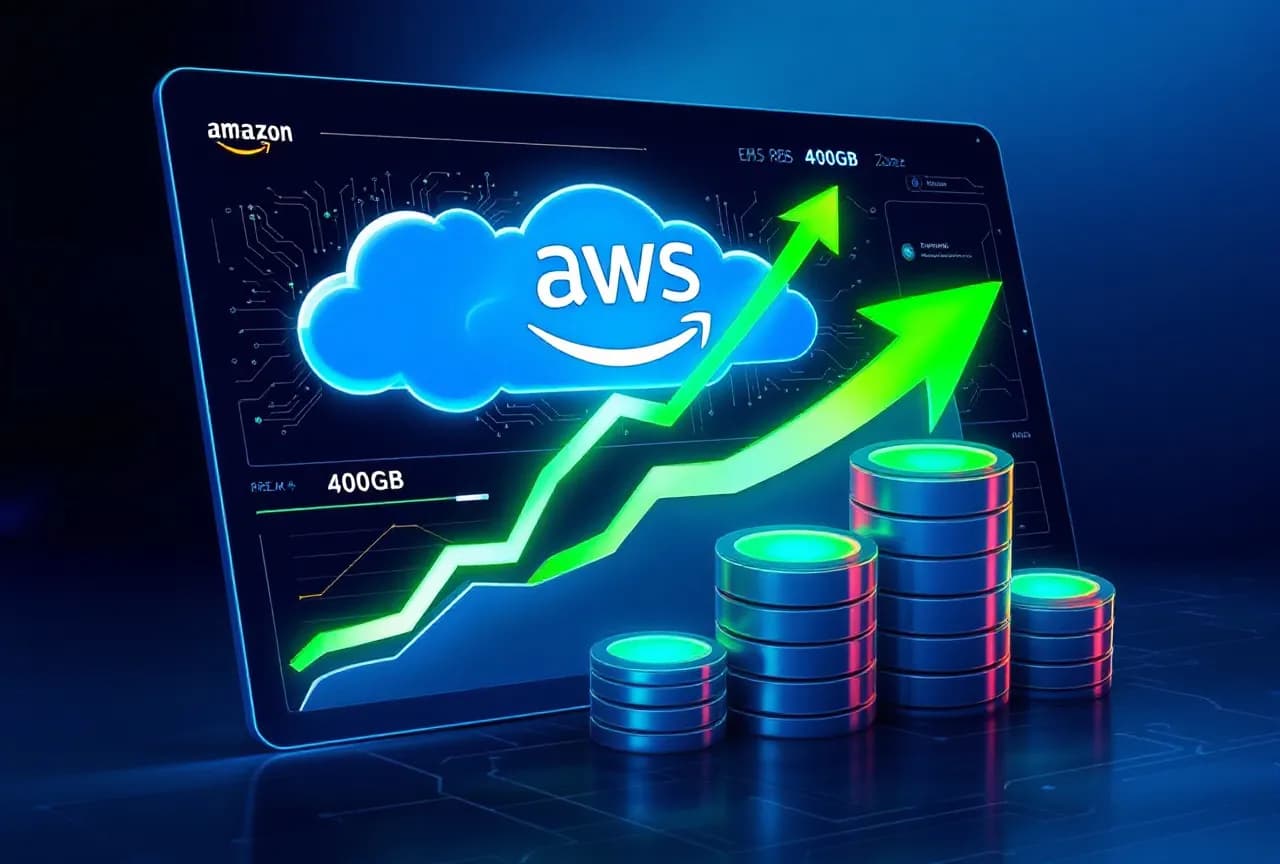Recent Blog Posts
Two Real-World AWS AI Use Cases to Improve Your Daily Workflow

Discover how AWS AI technologies like Q Developer Agent, Bedrock, and Comprehend can enhance your daily workflow, automate tasks, and boost productivity in areas such as framework upgrades and email management.
AWS Machine Learning: Understanding Data Sources for Machine Learning

Aug 4, 2024
This post introduces different data sources used for training and notebooks in AWS, ranked from slowest to fastest: S3, EFS, EBS, and FSx. It discusses the pros and cons of each data source and how to choose the right one for your machine learning projects.
Boost Your AWS RDS Performance by Crossing the 400GB Hidden Threshold

Jun 29, 2024
This post uncovers a hidden AWS RDS performance feature that can significantly enhance your database's speed and efficiency. Learn how AWS provisions multiple EBS volumes for databases larger than 400GB, and how to leverage this to optimize your database performance.
Multi-Region Architectures in AWS: an Introduction

Feb 24, 2024
An introduction to multi-region architectures in AWS, covering the significance, basics, case studies, best practices, and real-world applications. It covers the why and the how, illustrated with real-life scenarios, and guiding through best practices.
GitOps with Flux and AWS CloudFormation Template Sync

Jun 25, 2023
Explore the world of GitOps with Flux and AWS CloudFormation Template Sync. This post dives deep into Flux, a powerful GitOps tool, and introduces the AWS CloudFormation Template Sync Controller. Learn how to configure the controller, manage AWS CloudFormation templates using Flux, and understand various security considerations and best practices.
Mastering Amazon EFS Replication: Ensuring Business Continuity with Cross-Regional File System Replication

Jun 24, 2023
Amazon EFS Replication offers a valuable solution for ensuring business continuity and facilitating efficient disaster recovery planning. Businesses can significantly improve their recovery process and maintain resilience in a cloud-based environment by understanding how to configure, monitor, and manage EFS Replication.
Unleashing the Power of AWS EKS Fargate: A Deep Dive

Jun 18, 2023
AWS EKS Fargate is an integration of the AWS EKS and Fargate services. It allows you to run Kubernetes Pods without having to manage the underlying EC2 instances. With EKS Fargate, each Pod gets its own isolated compute environment, making it a truly serverless solution.
Mastering Dead Letter Queues in SQS: Streamlining Message Processing

Jun 17, 2023
Learn how Dead Letter Queues (DLQs) are an integral part of applications and messaging systems, and how to leverage the AWS DLQ redrive feature to streamline message processing.
Effortlessly Journey to the Cloud with AWS DMS Serverless

Jun 5, 2023
AWS has launched a serverless version of the AWS Database Migration Service (AWS DMS) called AWS DMS Serverless. This post explores the benefits of AWS DMS Serverless and how it simplifies the migration process to the cloud.
AWS User Notifications: A Game Changer for Cloud Engineers

May 13, 2023
In this post, we explore the AWS User Notifications service, a new feature that allows AWS users to set up and view notifications across multiple AWS accounts, regions, and services. We discuss its key features, including centralized notifications, user-centric configurations, and its availability across various regions.